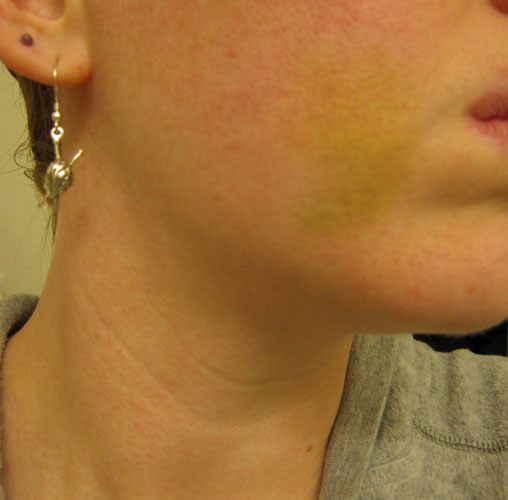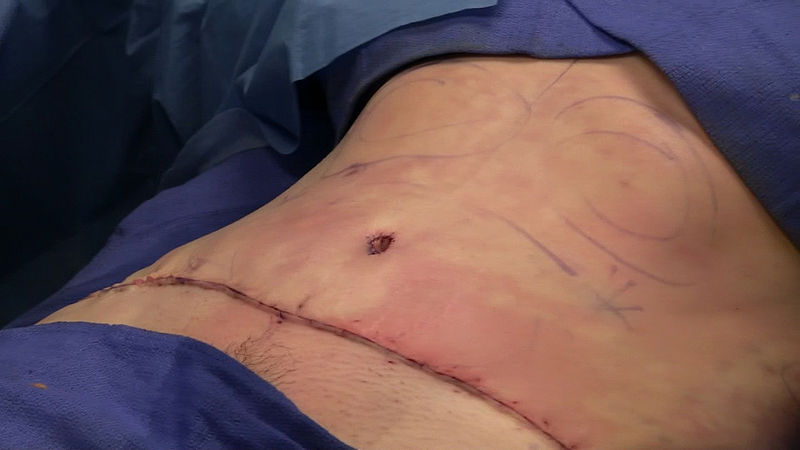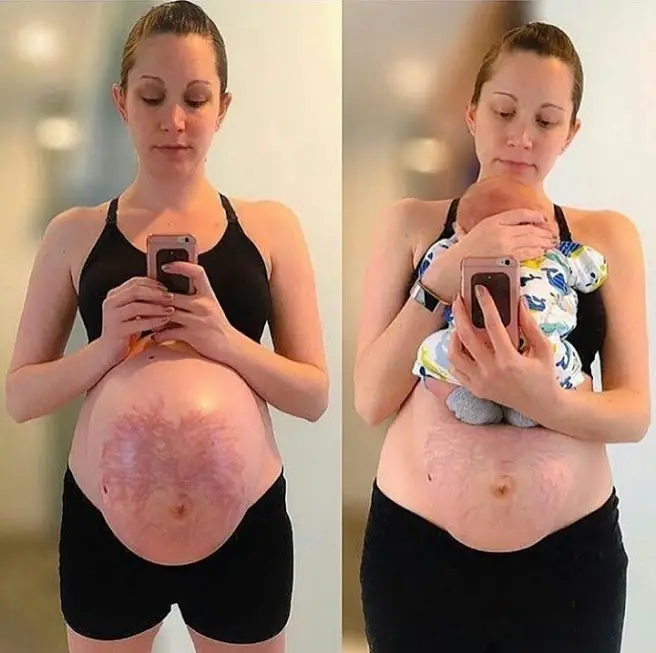Yellow skin after wisdom teeth surgery can be an alarming and unexpected symptom for many patients. This detailed guide is designed to walk you through the causes, symptoms, and solutions to this condition, helping you understand what might have led to the yellow discoloration and how to address it properly.

Table of Contents
Causes of Yellow Skin After Wisdom Teeth Surgery
Yellow skin after wisdom teeth surgery can be disconcerting. Understanding the underlying causes can help address this issue. Here’s a closer look:
Bruising
Bruising is a common occurrence after wisdom teeth extraction and can lead to yellow discoloration as the bruise heals. It may happen due to the following reasons:
Pressure during Surgery: The pressure applied during the extraction process may cause small blood vessels to break, leading to bruising.
Healing Process: As the bruise heals, it changes color, including a yellowish hue, before fading away.
Treatment: The application of cold packs and rest can help in healing. Bruising typically resolves on its own within a week or two. (Source)
Jaundice
A more serious but rare cause of yellow skin is jaundice, which is often related to liver or gallbladder issues. It can occur due to:
Bilirubin Buildup: Jaundice occurs when there’s a buildup of bilirubin, a yellow pigment produced by the breakdown of red blood cells. It might be due to liver disease or obstruction in bile ducts.
Diagnosis and Treatment: Jaundice requires medical investigation, such as blood tests and imaging studies. Treatment may include addressing underlying conditions like hepatitis or gallstones. (Source: WebMD)
Check out these other related articles…
How to Calm Skin After Extractions: Your Complete Guide
How to Treat Skin After Extractions: 8 Expert Tips
How to Care for Your Skin After Extractions in 4 Easy Steps
Inflamed Skin After Extractions: Comprehensive Guide
Skin Peeling After Extractions: Causes & 3 Proven Solutions
Prevention and Treatment
Managing yellow skin after wisdom teeth surgery involves prevention strategies and appropriate treatment:
Consulting Your Dentist
Open communication with your dental professional before and after surgery ensures personalized care. Here’s why it’s essential:
Pre-Surgery Discussion: Discussing your health history and any concerns before surgery allows the dentist to take necessary precautions.
Post-Surgery Monitoring: Regular follow-ups help in early detection and treatment of complications.
Monitoring for Symptoms
Being observant of changes in your skin color and other symptoms is crucial. Here’s how you can address it:
Regular Observation: Monitor the surgical site and surrounding areas daily for changes.
Seek Medical Help: If yellowing persists or worsens, seek professional medical assistance, as it may indicate underlying health issues requiring prompt intervention.
Read this article: Skin After Extractions [Care/Problems & Remedies] to learn how to address other skin after-extraction problems.
Home Care and Recovery
Proper care at home can prevent complications and promote healing:
Follow Aftercare Instructions: Comply with the dentist’s guidelines on medications, diet, and activity to minimize risks.
Use Ice Packs: Applying ice packs can reduce swelling and bruising, thereby minimizing discoloration.
You can use the MEDVICE 2 Reusable Hot and Cold Ice Packs listed on Amazon.
Early Intervention: Contact your healthcare provider if symptoms persist or worsen, as early intervention can prevent serious complications.

